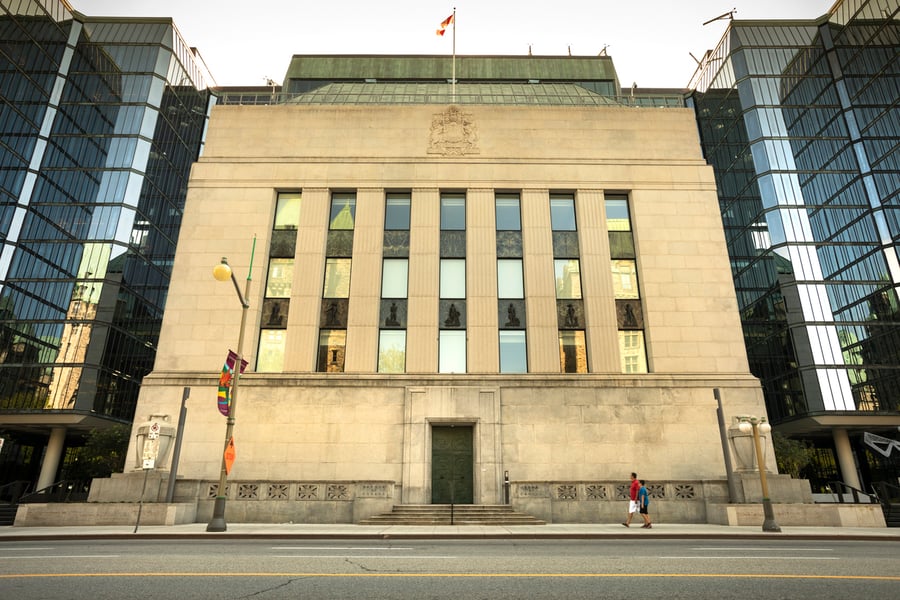Bank of Canada survey signals cautious growth outlook as rates stay elevated through 2026

According to the Bank of Canada's third-quarter Market Participants Survey (MPS) for 2024, Canada’s economic growth is expected to fall short of global expectations over the coming years, reflecting concerns raised by prominent financial market participants.
This cautious outlook, echoed in Better Dwelling’s analysis, points to sluggish growth, limited productivity, and a high-interest-rate environment likely to persist through the end of 2026.
The Bank of Canada survey, released in early November, highlights that 53.9 percent of respondents expect Canada’s real GDP to grow by just 1–2 percent in 2024, trailing behind the projected 3 percent global growth rate previously shared by the Bank.
This subdued forecast reflects concerns over Canada’s ability to keep pace with global growth in the foreseeable future.
For 2025, Better Dwelling notes that a majority—66 percent—of survey respondents anticipate Canada’s GDP growth will remain at 2 percent or below, though exact figures were less conclusive for that year.
The productivity issue also emerged as a significant factor in the Bank’s survey, with Better Dwelling reporting that 81.5 percent of participants believe GDP output will remain negative.
This suggests that Canada’s economy is expected to underutilize its full productive capacity, leaving growth potential unmet.
Better Dwelling explains this sentiment as more about Canada’s struggle to achieve its full economic capacity rather than dissatisfaction with current conditions.
The Bank of Canada’s survey findings also reveal expectations that the current high-interest-rate environment will continue, with limited reductions in the near future.
As reported by Better Dwelling, the MPS participants project interest rates to fall modestly to 2.75 percent by the end of 2025 and remain at that level through 2026.
This rate would represent an increase of roughly 37.5 percent above pre-pandemic levels, reflecting an extended shift away from the low-rate environment seen in recent years.
Better Dwelling points out that while policymakers often cite lower interest rates as a norm since the Great Recession, higher rates can signify sustained demand.
Such rates suggest that the economy may be strong enough to manage inflationary pressures and pay depositors a return above the inflation rate.
Despite being high by recent standards, these rates may hint at an optimistic view of the economy’s resilience, even if growth remains subdued.



